Stuart Forster looks at the heritage of the Grand National at Aintree Racecourse on the outskirts of Liverpool, one of the great events of Britain’s sporting calendar.
Disclosure: Some of the links below and banners are affiliate links, meaning, at no additional cost to you, I will earn a commission if you click through and make a purchase.
The Grand National has been a feature of Britain’s sporting calendar since February 1839. The horse race takes place at Aintree Racecourse, on the northeast fringe of Liverpool.
Run over a course with a length of four miles, three-and-a-half furlongs – that’s around 7.14 kilometres if you think in metric terms – the famous race is renowned as being something of a lottery. Any of the runners, even rank outsiders, stand a chance of winning.
Lottery, coincidentally, was the name of the first horse to win the event, when the race was still known as the Grand Liverpool Steeplechase.
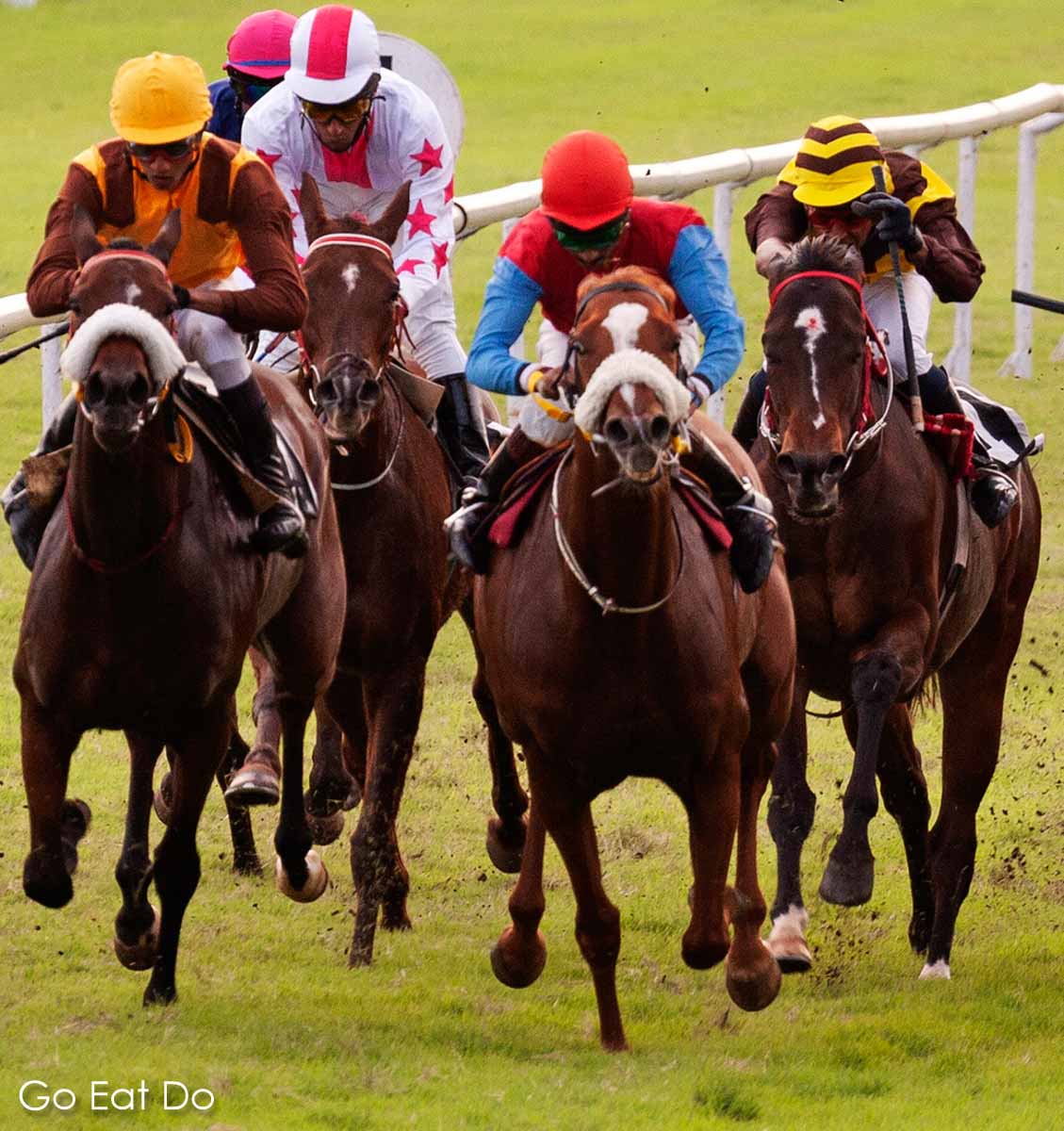
The Grand National at Aintree Racecourse
The jockeys have to ride their mounts over 30 fences in order to complete Aintree’s testing course. Many favourites have been unseated during their quest to reach the finishing post.
In 1928 only two of the 42 runners finished the race with Tipperary Tim, a 100-1 shot, romping home first. Perhaps to compensate for that attrition, a year later 66 horses started the race. That was the biggest field ever to run in the Grand National.
In contrast to 1928, a record 23 horses and riders completed the race of 1984. Hello Dandy, ridden by Neale Doughty, won the race.
Of course, the tickets of many sweepstake participants have been crumpled and tossed aside after horses have tumbled at Aintree Racecourse’s famous obstacles.
The Chair is the tallest of the fences on the Aintree course, standing five feet two inches (one metre 57.5 centimetres) high. Becher’s Brook, named after jockey Captain Martin Becher, and Canal Turn are among the other fences, which are made from spruce grown in the Lake District.
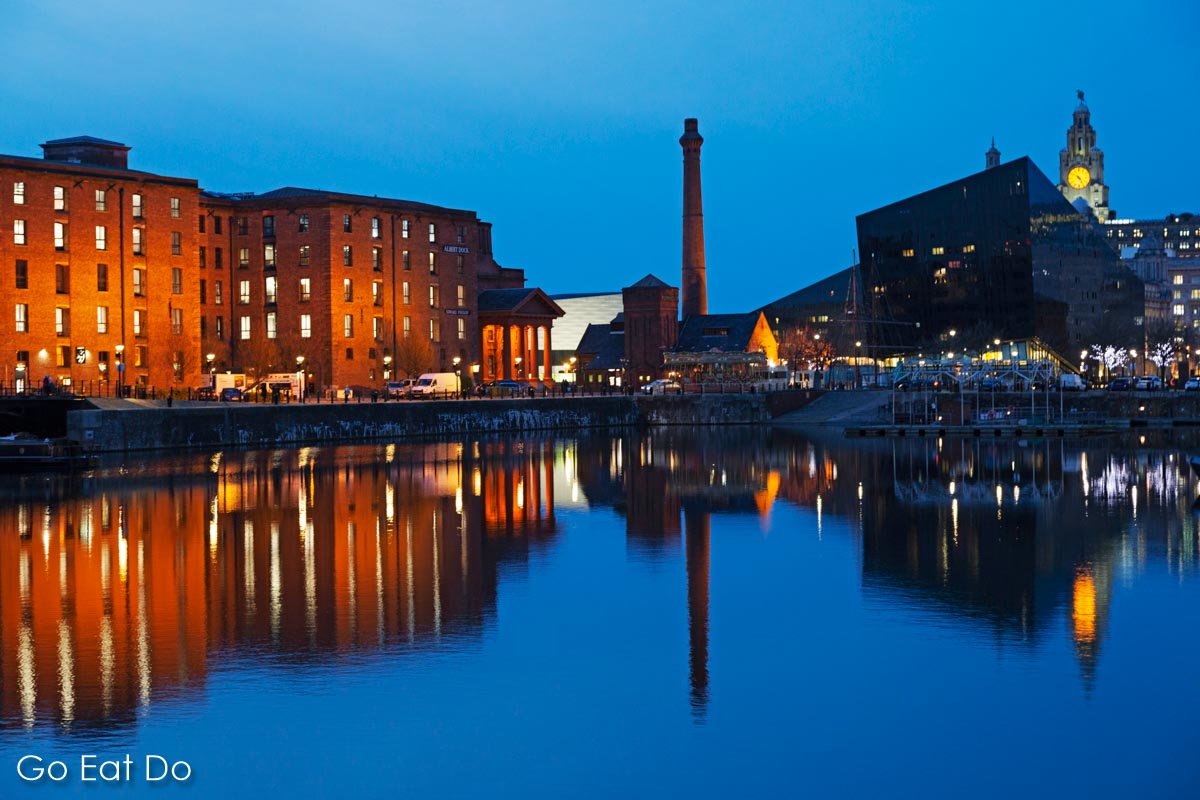
Europe’s richest jumps race
The 2023 Grand National has a purse of £1 million, with £561,300 going to the winner. It is Europe’s most valuable horse race over jumps. Traditionally, Aintree’s Grand National Festival and the Cheltenham Festival are regarded as the high points of the National Hunt season.
It’s a handicap race and since 2009 the heaviest weight that can be carried is 11 stone 10 pounds (74.4 kilograms). As part of efforts to improve the safety of the race, the minimum age for participating horses was raised to seven years old in 2011.
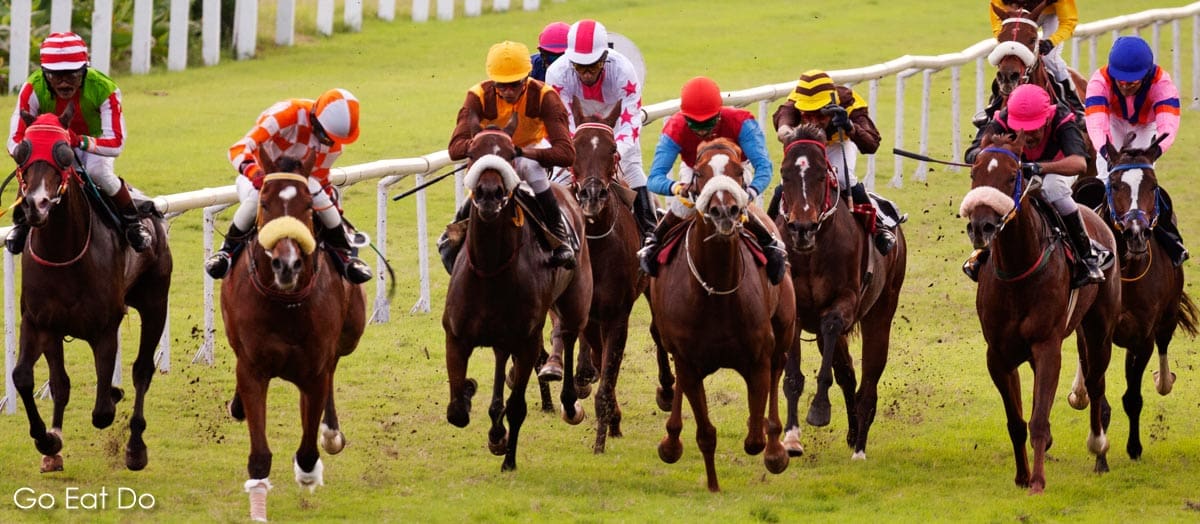
Grand National success stories
Only one horse has ever won the race three times. Red Rum ran to glory in the races of 1973, 1974 and 1977, becoming an equine national celebrity in the process. Four other horses have won back-to-back nationals, including Tiger Roll, the winner of the 2018 and 2019 Grand Nationals.
George Stevens, meanwhile, is the most successful jockey in the history of the Grand National. Stevens won the race five times between 1856 and 1870. The latter mount was on The Colonel, one of the five horses to have won in consecutive years.
Back in 1990, the suitably named Mr Frisk covered the course in a record eight minutes 47.8 seconds, more than six minutes quicker than Lottery, the winner of the inaugural race.
Perhaps new names will be written into the history books when the race is next run.
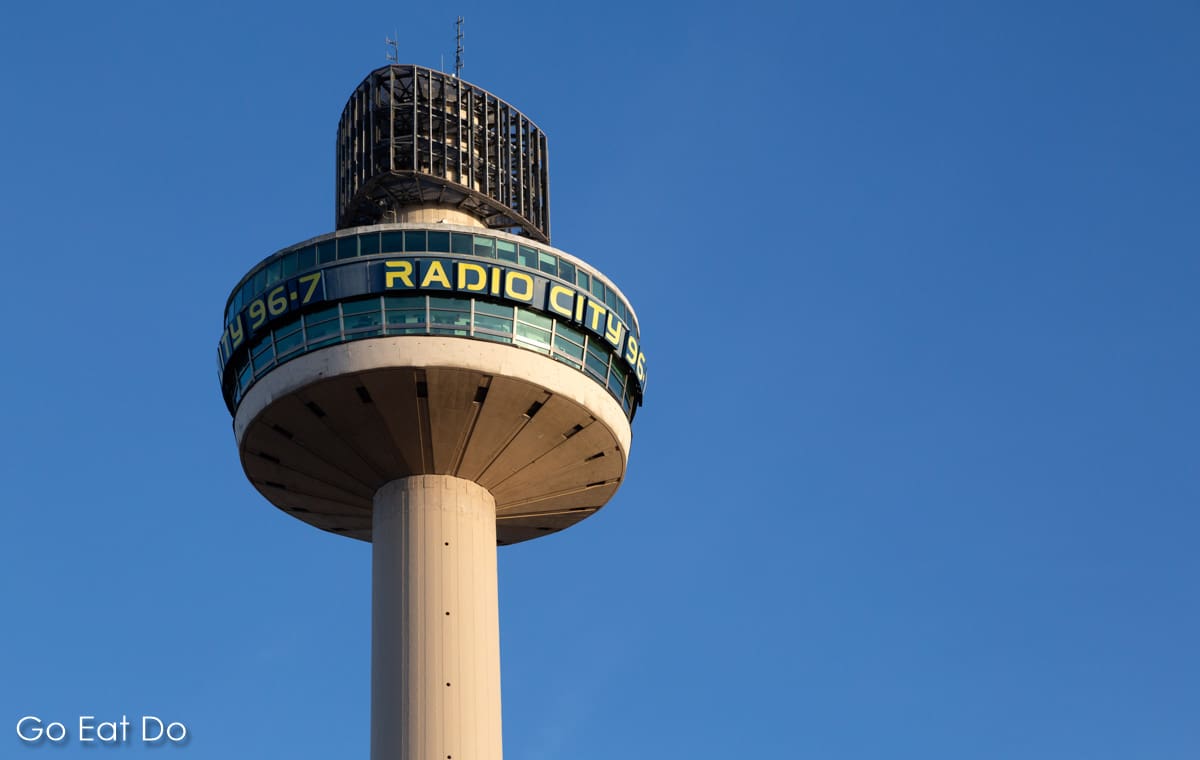
The Grand National Festival
Traditionally, Aintree Racecourse hosts the Grand National Festival in early April. The 2023 race meeting is planned for 13 to 15 April. The Randox Grand National is scheduled to start at 5.15 pm on Saturday 15 April 2021.
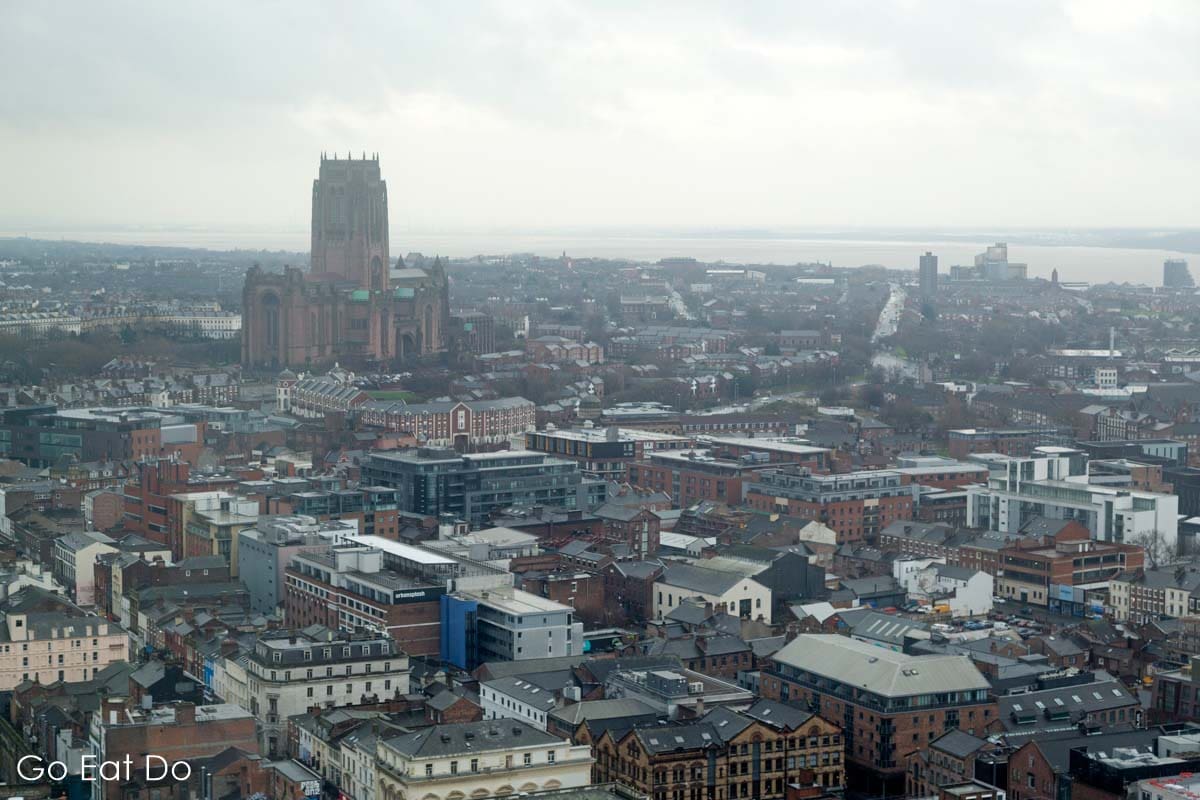
Getting to Aintree Racecourse
Trains run between Liverpool Central and Aintree, whose railway station stands opposite the racecourse.
Liverpool Central is a five-minute walk from Liverpool Lime Street station (where you can see a statue of Liverpudlian entertainer Ken Dodd on the concourse).
Aintree is approximately 5.5 miles northeast of central Liverpool.
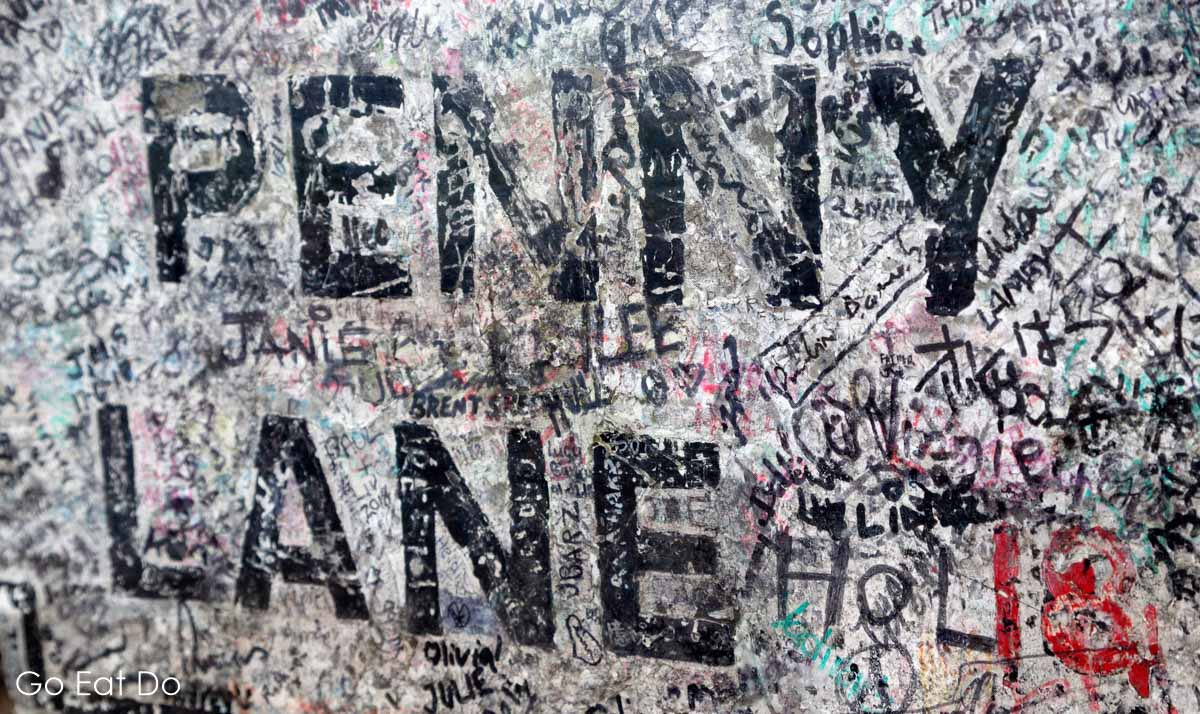
Aintree Racecourse Map
Looking for an Aintree Racecourse map? The Google Map below shows the location of the famous Liverpool racecourse:
Hotels near Aintree Racecourse
Looking for Aintree hotels? You can find accommodation near Aintree Racecourse via Booking.com:
Books about the Grand National
Planning on attending a race meeting at Ascot or interested in learning more about horse racing? You can buy these books via Amazon:
Anne Holland is the author of The Grand National: A Celebration of the World’s Most Famous Horse Race:

Want to understand more about horse racing? You may enjoy The Complete Encyclopedia of Horse Racing: The Illustrated Guide to Flat Racing and Steeplechasing:

Prefer video action accompanied by the voice of Sir Peter O’Sullivan? You might enjoy watching The 12 Greatest Ever Grand Nationals:



Enjoy stories that are out of the ordinary? Andrew Ward is the author of Horse Racing’s Strangest Tales:

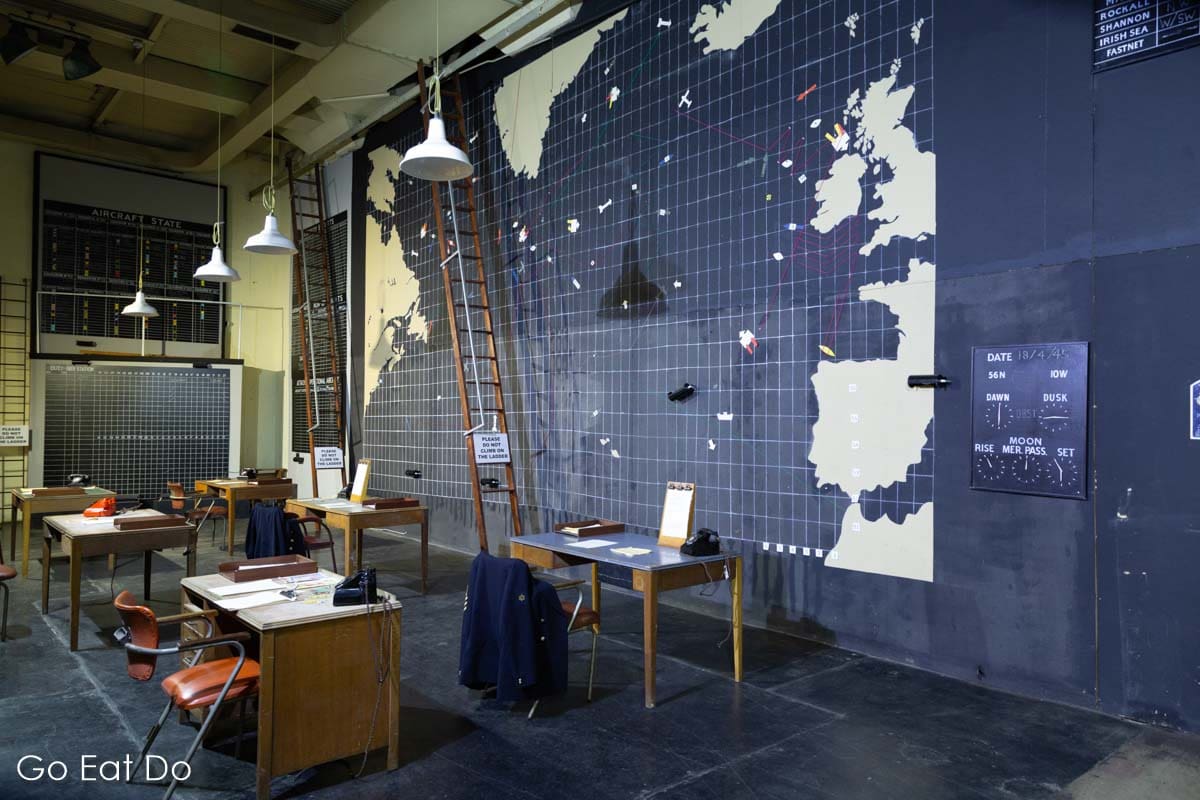
Further information
See the Visit Liverpool website for inspiration about things to do and see in the city.
For information on attractions in the countryside surrounding Liverpool see the Visit Lancashire website.
Stuart Forster, the author of this post, is an award-winning travel writer based in northern England. Stuart’s work has been published in The Telegraph, The Independent and The Mail on Sunday.
The photos showing horse racing in this post are purely illustrative. Images of Liverpool are by Why Eye Photography.
Thanks for visiting Go Eat Do and reading this post on the Grand National at Aintree Racecourse. Please take a look at Go Eat Do’s post about horse racing at Royal Ascot if you’re interested in horse racing. If you’re heading to Liverpool you could participate in a Beatles-themed tour.
If you enjoyed this post please sign up for the free Go Eat Do newsletter? It’s a hassle-free way of getting links to posts on a monthly basis.
‘Like’ the Go Eat Do Facebook page to see more photos and content.
A version of this post was initially published on Go Eat Do on 4 April 2016.
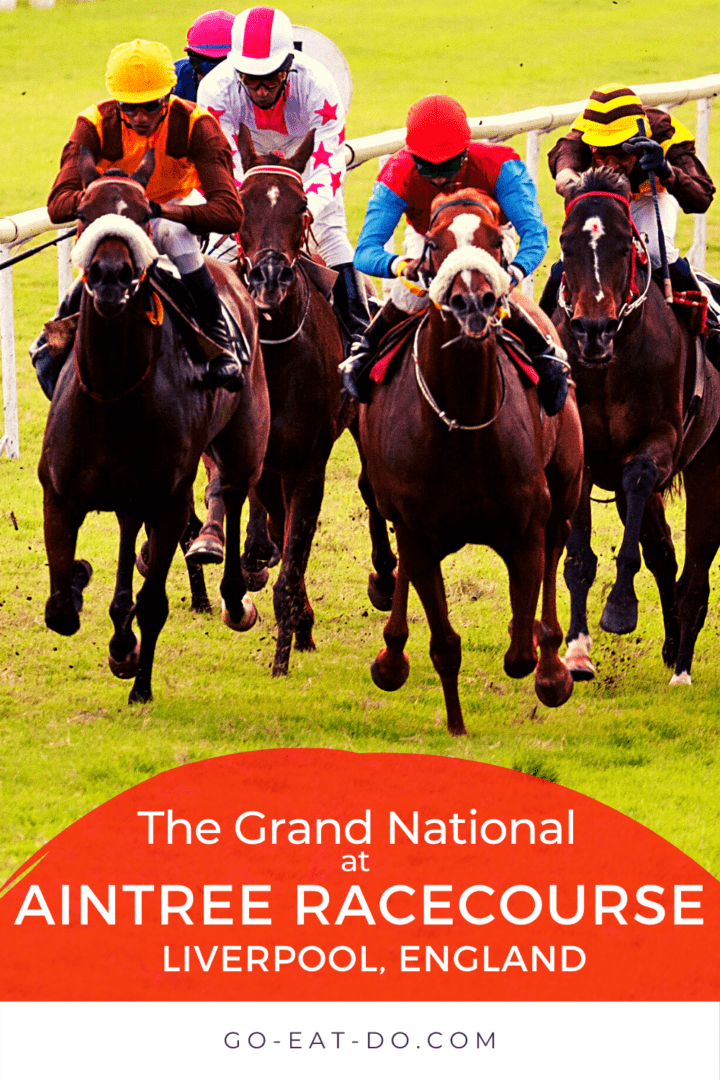



Alexander Hertug
April 16, 2016 at 12:27Nice article. Very useful. I always enjoy looking at this kind of races from Aintree racecourse.